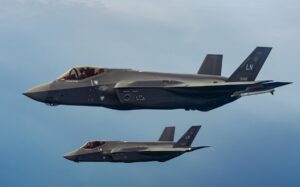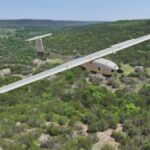
The U.S. Air Force has awarded Lockheed Martin [LMT] a contract for the Stand-in Attack Weapon (SiAW), the company said on June 7. Lockheed Martin, Northrop Grumman [NOC], Raytheon Technologies [RTX] and L3Harris [LHX] have been competing for SiAW, which is to operate in anti-access/area denial environments to strike mobile targets, including enemy missile launchers, GPS jammers, anti-satellite systems, and integrated air defense systems. The Air Force requested nearly $78 million in procurement for 42 SiAWs in fiscal 2023. Each…














